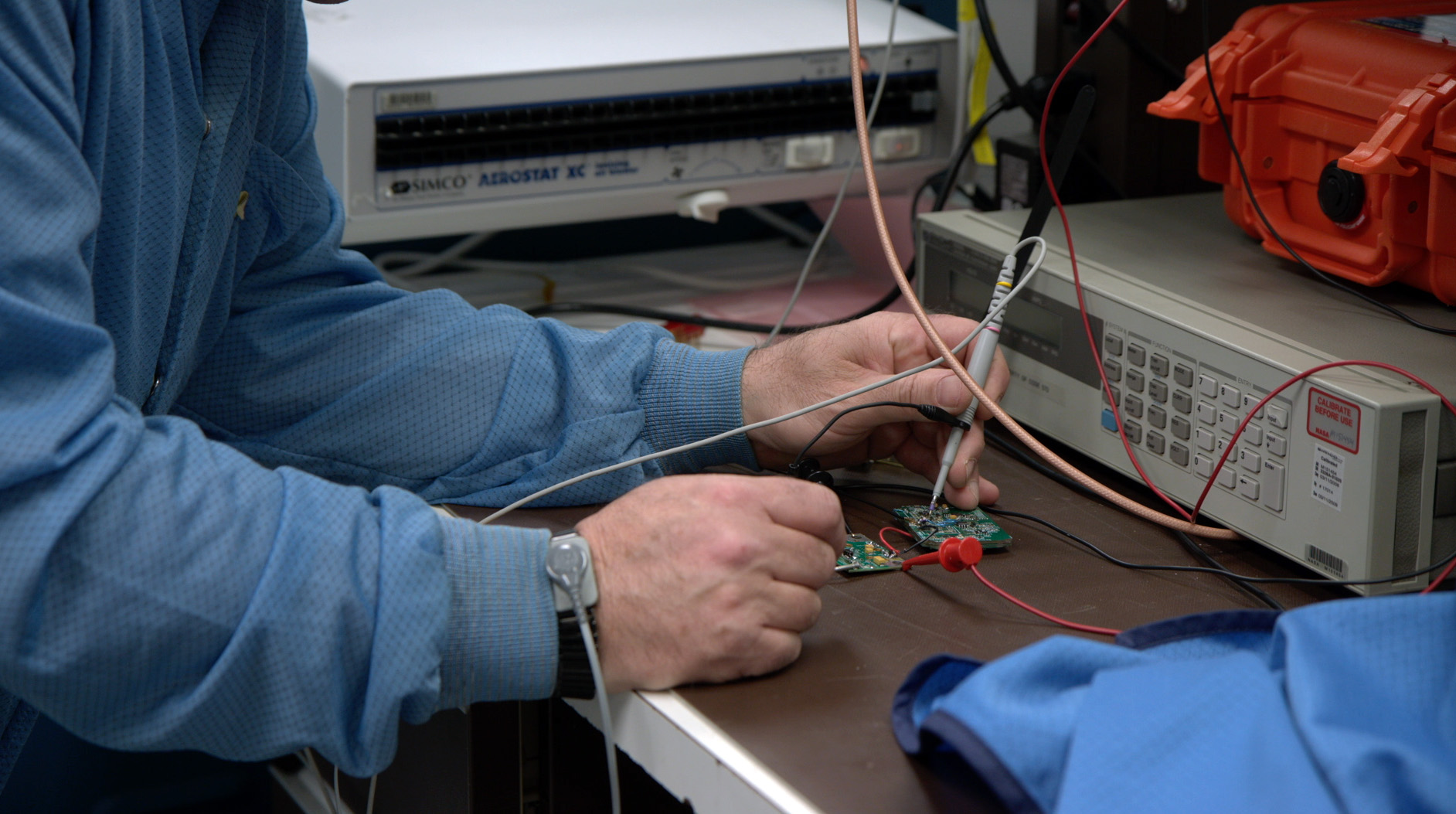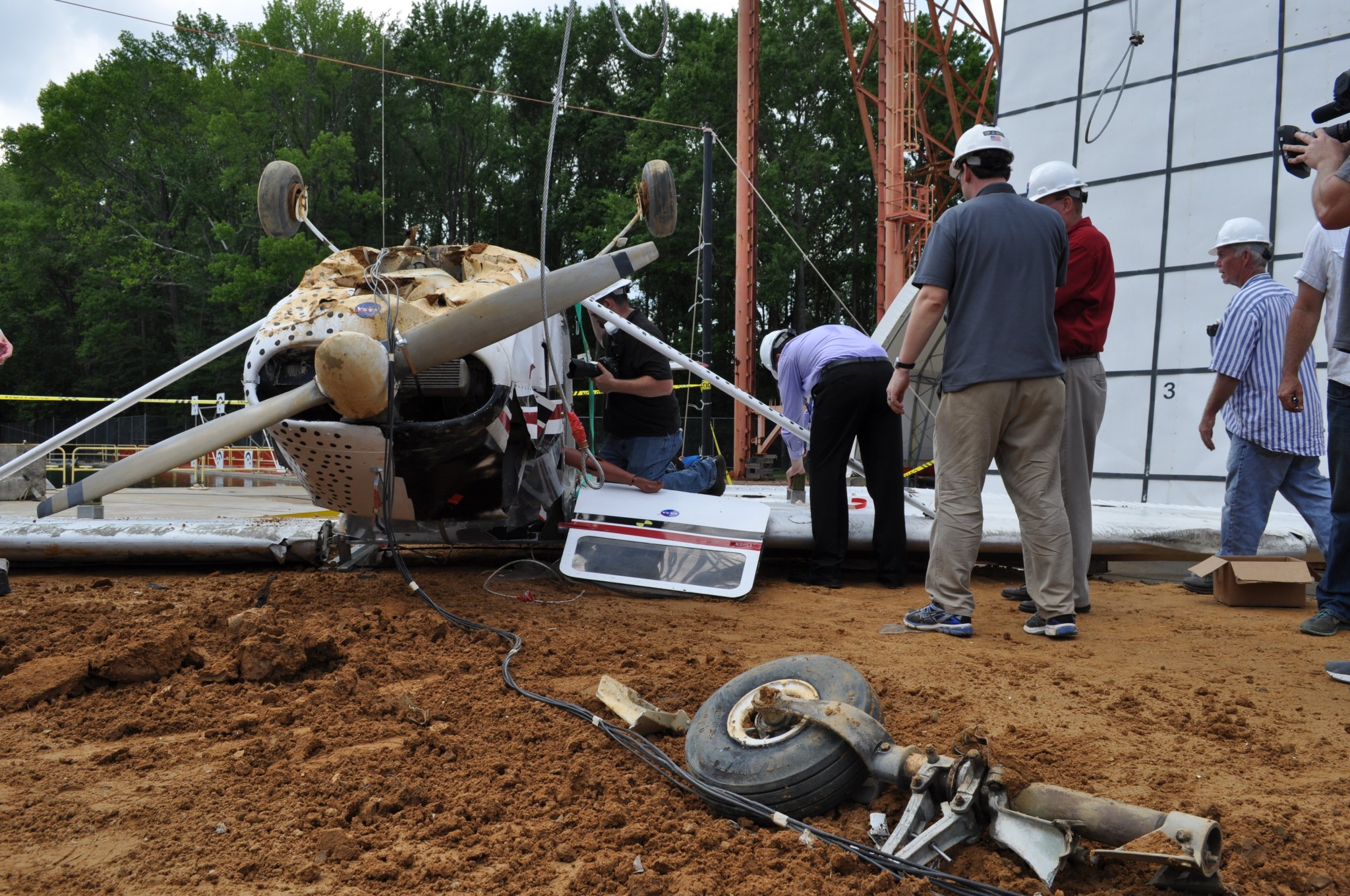Some NASA missions fundamentally change the world of science or help win Nobel prizes, but only one helps save thousands of lives worldwide every year.
Employees at NASA’s Search and Rescue office spend their days advancing systems critical to locating and saving people in distress, whether from an aviation, marine or other outdoor incident. The office is the primary research and development team for both the U.S. Search and Rescue Satellite Aided Tracking (SARSAT) effort and the International Satellite System for Search and Rescue (Cospas-Sarsat).
Search-and-rescue satellite systems are complex, comprising beacons, spacecraft and ground systems all carefully calibrated to work together efficiently. Rescue efforts usually start with beacons, which transmit distress signals to passing satellites.
For years, ships, airlines and even amateur hikers have used emergency locator beacons originally developed in the 1970s. They have saved more than 40,000 lives over the years and are available at virtually any outdoors store at affordable prices. But the SAR office is developing an even more effective beacon.
“Current beacons are accurate to about a 2-kilometer radius using technology from the 1970s,” said Lisa Mazzuca, SAR mission manager at NASA’s Goddard Space Flight Center in Greenbelt, Maryland. Within that radius of about 1.25 miles, there’s still quite a bit of searching to be done.
“The intent with these second-generation beacons is to get that to about 100 meters (about 110 yards) in an effort to take the ‘search’ out of ‘search and rescue,’” Mazzuca said.
At less than a tenth of a mile, the improved accuracy would mitigate risk to both the person in distress and responders, who risk their own lives at times, by greatly reducing time needed to search.
The team tested a version of the prototype beacon in October 2016 and were able to demonstrate location accuracy to about 140 meters (153 yards). NASA used its Research and Development Second Generation Beacon SAR ground station, located at Goddard, to resolve locations of the beacon from more than 3,000 miles away.
National and international SAR operations will use second-generation beacons in a wide variety of new technologies over the next several years. Mazzuca’s team is working on a number of new projects incorporating the new beacons, including improved emergency locator transmitters (ELTs) for commercial and general aviation aircraft, as well as unmanned aerial search vehicles. These technologies could be game-changing to SAR efforts.
New ELTs could help mitigate aviation search disasters like several that have been seen in the news in recent years. Shortly after a high-profile crash in 2014, NASA launched a two-year study to investigate ELT failure modes and recommend beacon and system-level improvements, including a better installation policy for the United States.
The team researched historic failures and performed three controlled airplane crashes at NASA’s Langley Research Center in Hampton, Virginia, to better understand ELT vulnerabilities. In February, they released a report with their findings, one of which was a recommendation to take advantage of smaller, lighter and more accurate second-generation beacons.
Beyond distress-tracking systems, the team is working on a new SAR operational platform.
“One of the things we’re doing is taking advantage of an up-and-coming platform that seems to be the answer for a lot of problems in SAR operations,” Mazzuca said. “We are building a new direction-finder homing prototype based entirely on second-generation beacons with a terrestrial signal and proving it out using unmanned aircraft systems.”
By using existing NASA UAVs and expertise at NASA’s Ames Research Center in Silicon Valley, California; NASA’s Wallops Flight Facility in Wallops Island, Virginia; and Langley, the team is getting a jump on where technology is going next. Mazzuca said it’s also a way to produce an inexpensive system that small local SAR organizations that rely on very old technology can afford.
Beyond fitting the UAVs with the direction-finder system, they are working with the U.S. Coast Guard to determine what else can be placed on the aircraft to assist with rescues. Using UAVs for searching will cut down on risk to responders and allow SAR organizations to deploy forces more efficiently. For example, the UAVs could determine whether doctors are needed, how many victims are there, what kind of injuries people in distress have and more before responders ever hit the ground.
From better beacons to high-tech systems, NASA’s SAR office’s work is improving rescue operations in the United States and around the world.
The SAR office is funded by the Human Exploration and Operations Mission Directorate and the Space Communications and Navigation Program Office at NASA Headquarters in Washington.
For more information:
- NASA’s Search and Rescue office
- NASA SAR’s projectshttps://esc.gsfc.nasa.gov/projects/SAR?tab=safety%20studies
By Ashley Hume
NASA’s Goddard Space Flight Center, Greenbelt, Md.




























